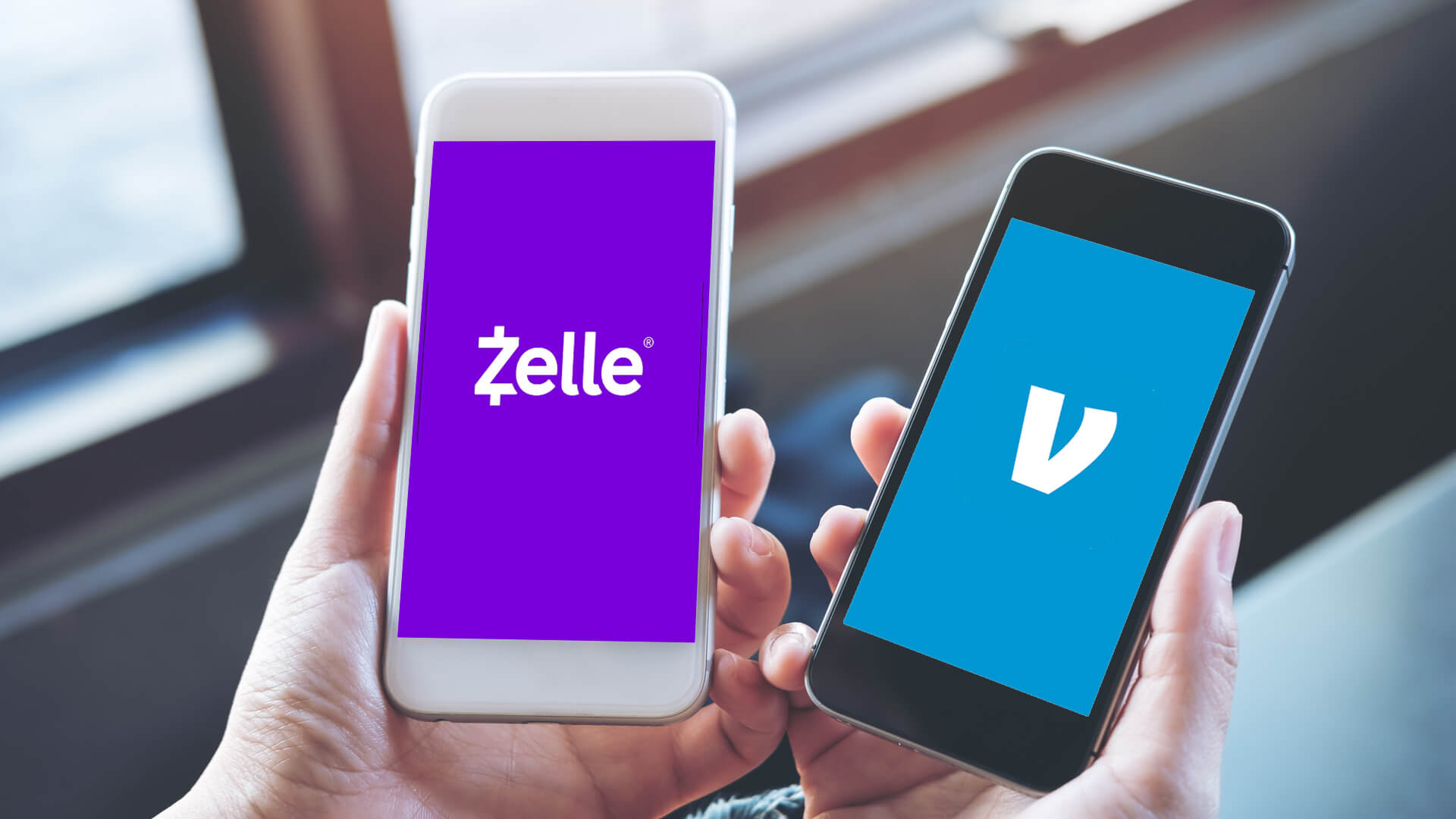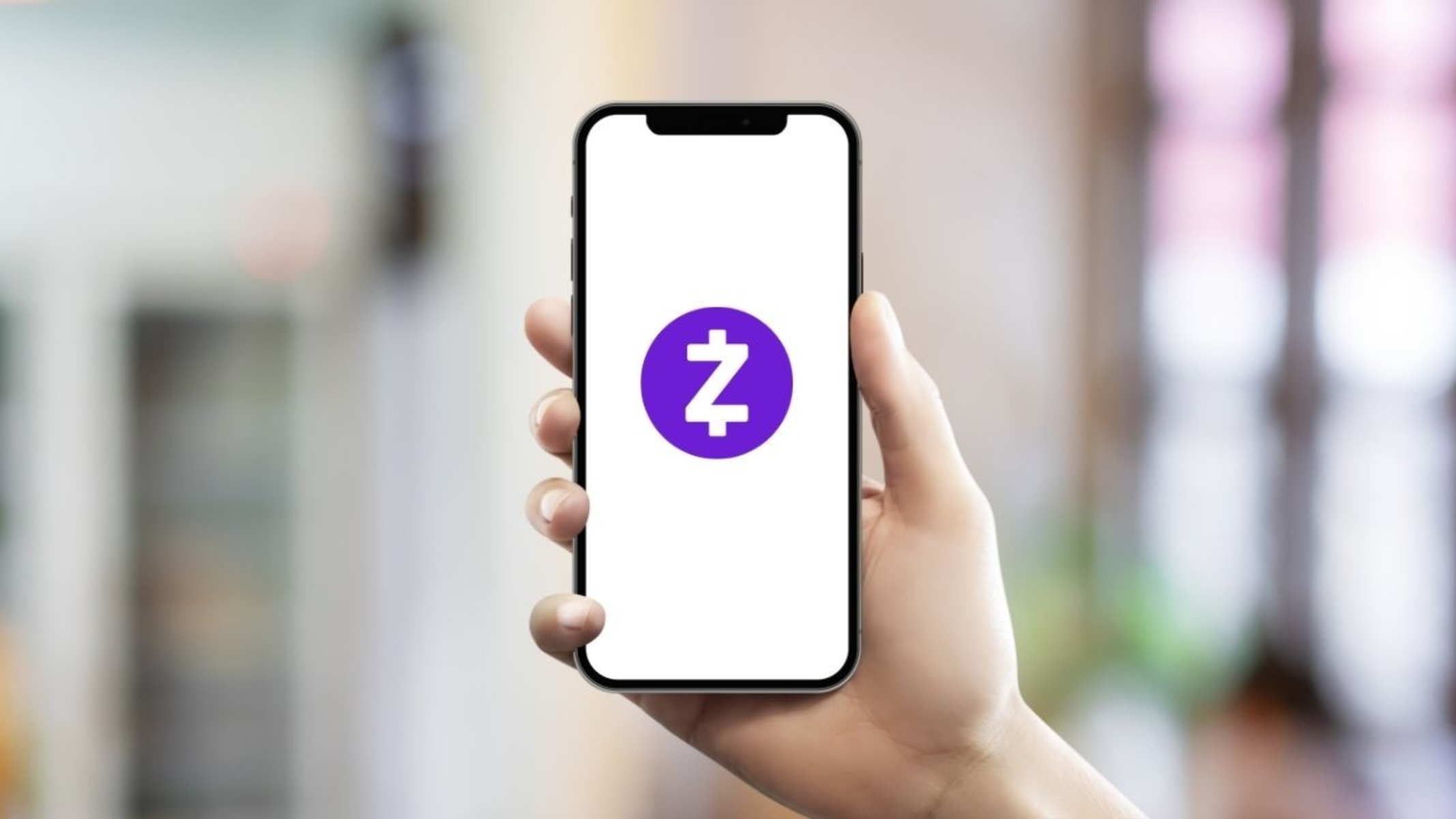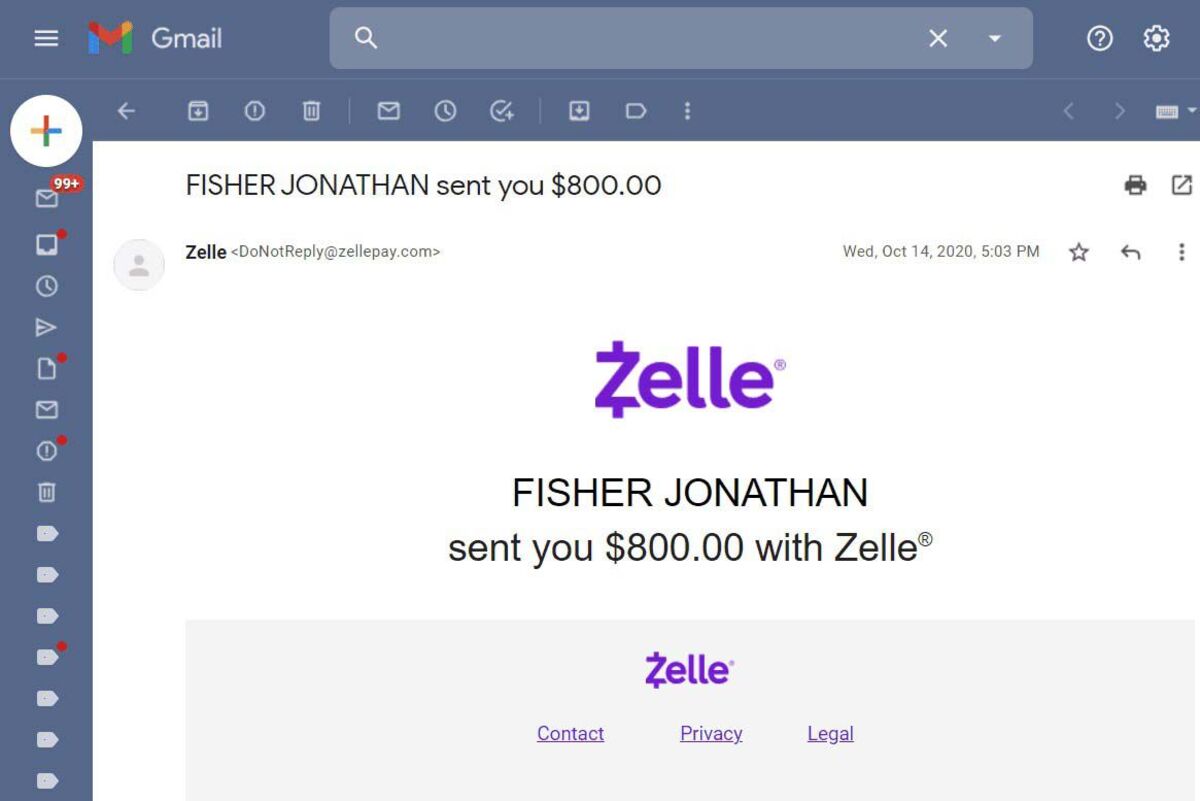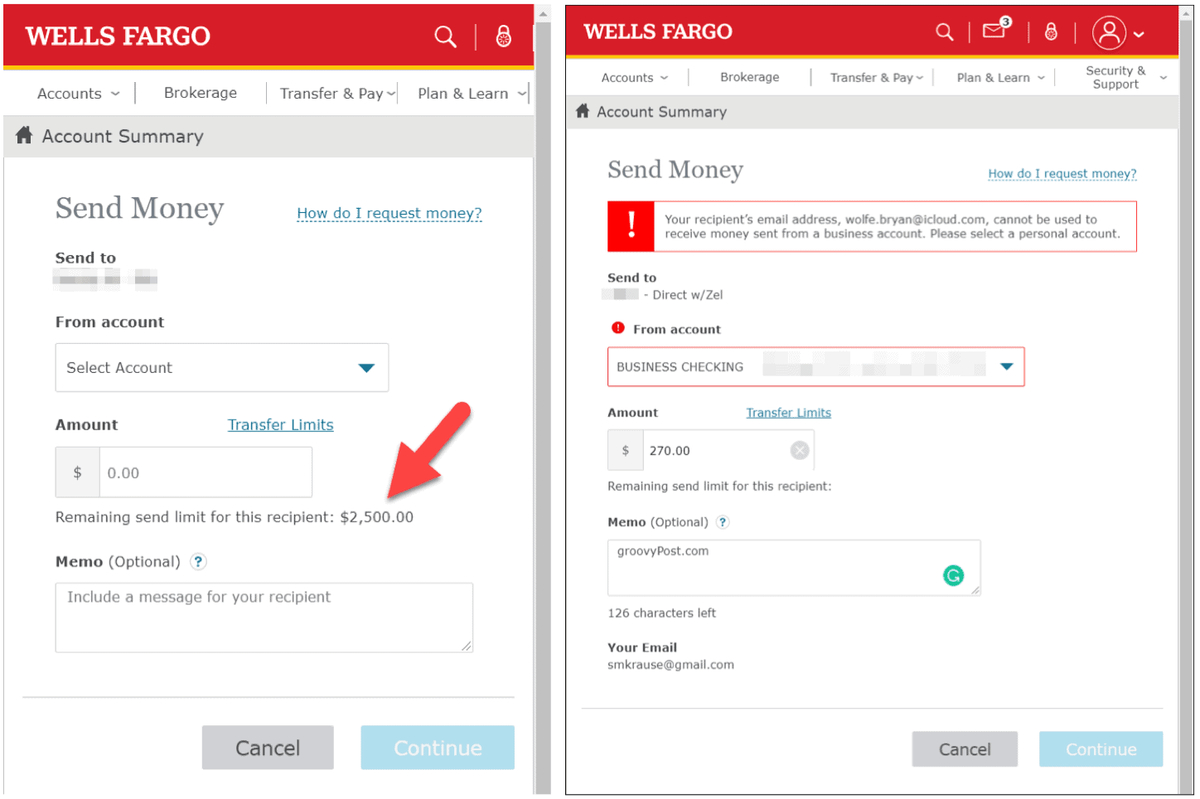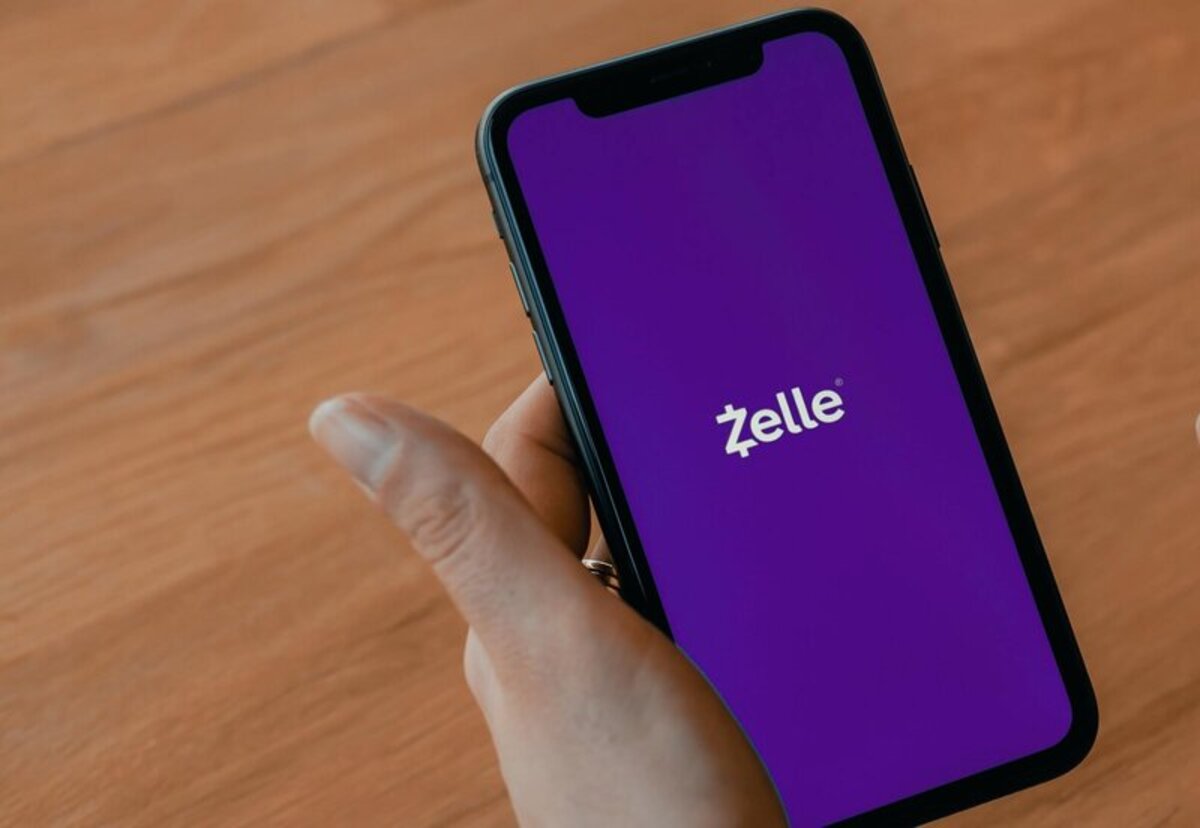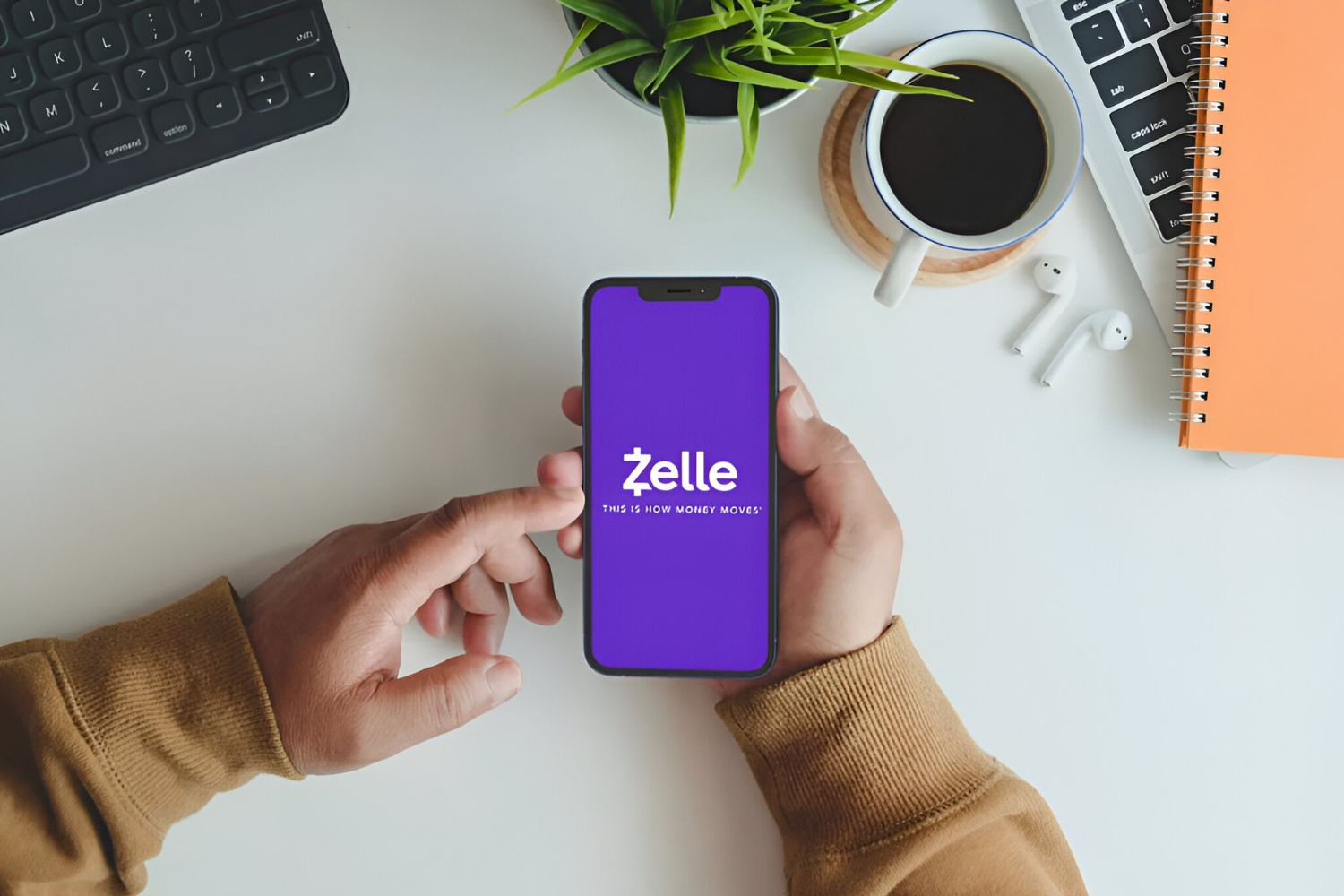Introduction
Zelle is a popular digital payment platform that allows users to send money quickly and securely to family, friends, and businesses. With the rise of mobile banking and the increasing need for convenient, contactless transactions, Zelle has become a go-to option for many people.
Founded in 2017, Zelle is owned by Early Warning Services and is built upon a network of major banks, making it accessible to a wide range of users. As long as both parties have a bank account and the Zelle app or access to their bank’s online banking platform, sending and receiving money with Zelle can be done with just a few taps or clicks.
With its user-friendly interface and seamless integration with banking apps, Zelle has quickly gained popularity as an alternative to traditional payment methods like cash or checks. Whether you need to split a dinner bill, pay your share of the rent, or cover some unexpected expenses, Zelle offers a convenient and efficient way to transfer funds.
In this article, we will explore how Zelle works, discuss whether it is free to use, and delve into the transfer limits and fees associated with the platform. Additionally, we will touch on some additional considerations to keep in mind when using Zelle.
What is Zelle?
Zelle is a digital payment platform that enables users to send and receive money electronically. It was created as a collaboration between numerous major banks, making it a trusted and secure option for money transfers. With Zelle, you can send money directly from your bank account to someone else’s, without the need for cash or checks.
Unlike other payment apps that require users to link their bank accounts, Zelle is integrated within the mobile banking apps of participating banks. This means that if your bank offers Zelle, you can access it directly from your existing banking app, making the process seamless and convenient.
One of the main advantages of using Zelle is that it allows for quick transfers. As long as both the sender and recipient are enrolled with Zelle and have linked their bank accounts, fund transfers can be completed in minutes. This makes it an ideal option for situations where you need to send money urgently.
Furthermore, Zelle offers a secure platform for money transfers. It requires users to authenticate their transactions using their mobile banking login credentials, adding an extra layer of protection. Additionally, Zelle’s partnerships with major banks ensure that your financial information is handled and stored securely.
Another key benefit of Zelle is that it supports peer-to-peer payments, meaning you can easily send money to family, friends, or anyone else with a bank account in the United States. This makes splitting bills, paying back loans, or sending funds for special occasions hassle-free. With just a few taps, you can easily transfer money from your account to the recipient’s account.
In summary, Zelle is a digital payment platform that allows users to send and receive money quickly and securely. Its integration within banking apps and its partnerships with major banks make it a user-friendly and reliable option for electronic fund transfers. Whether you need to pay a friend back or contribute to a shared expense, Zelle provides a convenient and efficient way to send money electronically.
How Does Zelle Work?
Zelle simplifies the process of money transfer by eliminating the need for cash or checks. To use Zelle, you will need to have a bank account with a participating bank and access to either the Zelle app or your bank’s online banking platform.
To send money through Zelle, follow these steps:
- Ensure that both you and the recipient have enrolled with Zelle through your respective banking apps or online banking platforms.
- Open the Zelle app or access Zelle through your bank’s app or website.
- Select the option to send money and enter the recipient’s email address or mobile phone number.
- Choose the amount you want to send and confirm the transaction.
- The recipient will receive a notification and can accept the funds directly into their bank account.
It’s important to note that the speed of the transfer may vary depending on the recipient’s bank. In most cases, the funds will be available within minutes, but it may take up to one business day for the transfer to be completed.
Receiving money through Zelle is equally straightforward:
- Ensure that you have enrolled with Zelle through your banking app or online banking platform.
- When someone sends you money through Zelle, you will receive a notification.
- Follow the instructions to accept the funds and have them deposited directly into your bank account.
It’s important to note that both the sender and recipient must have bank accounts with participating financial institutions to use Zelle. Additionally, Zelle is currently only available for domestic transactions within the United States.
Overall, Zelle offers a simple and efficient way to send and receive money electronically. By utilizing the existing infrastructure of participating banks and directly integrating with their apps and online platforms, Zelle provides a seamless user experience and eliminates the need for third-party payment processors or additional accounts.
Is Zelle Free to Use?
One of the appealing aspects of Zelle is that it is generally free to use for individuals. The basic functionality of sending and receiving money through the platform does not typically come with any fees.
Most participating banks do not charge any fees for using Zelle. However, it’s important to note that some banks may have specific policies or restrictions in place. For example, certain banks may limit the number of transactions or impose limits on the amount of money that can be sent or received through Zelle. It’s always a good idea to check with your bank to understand their specific terms and conditions regarding Zelle usage.
While Zelle itself does not charge fees for its service, it’s possible that your bank may have transaction fees or other charges associated with your bank account that could apply to Zelle transfers. It’s important to review your bank’s fee schedule or consult with a representative to understand any potential charges that may be incurred.
Additionally, it’s essential to recognize that Zelle is designed for personal, non-commercial use. If you plan to use Zelle for business purposes or receive payments for goods or services, there may be fees or limitations that apply. In such cases, it’s advisable to explore alternative payment solutions that are tailored for business use to avoid any potential issues or additional costs.
Overall, for most individuals using Zelle for personal payments, the service is free. However, it’s crucial to be aware of any potential fees or limitations that may be imposed by your bank. Checking with your bank directly will allow you to have a clear understanding of any charges that may apply to your specific use of Zelle.
Zelle Transfer Limits
When using Zelle, it’s important to be aware of the transfer limits that may apply. These limits are set by your bank and may vary depending on different factors such as your account type, banking history, and security considerations.
For most users, Zelle sets a default limit of $2,500 per day for sending and receiving money. However, this limit can vary for each individual, and some banks may offer higher or lower limits based on their policies.
It’s worth noting that the $2,500 limit is a cumulative daily limit for all Zelle transfers. If you are sending money to multiple recipients within a day, the combined total should not exceed the specified limit. If you need to conduct transfers above the daily limit, you may need to explore alternative payment methods or contact your bank to request an increase in your limit.
Keep in mind that even if your bank allows higher transaction limits, there may be certain restrictions on the amount of money that can be sent in a single transaction. Again, this will depend on individual bank policies and security measures in place.
Additionally, it’s important to note that some banks may also impose limits on the frequency of Zelle transactions. While this is less common, certain banks may have policies in place to prevent potential fraud or unauthorized activity. You should consult your bank directly to understand their specific limits and policies.
It’s also worth mentioning that Zelle has put certain safeguards in place to protect against fraudulent activity. For example, if a recipient is not enrolled with Zelle or their bank isn’t participating in the Zelle network, the transaction will not go through, helping to avoid potential scams or unauthorized transfers.
Overall, when using Zelle, it’s important to be mindful of the transfer limits that your bank has in place. Understanding these limits will help ensure that you can meet your payment needs while staying within the established guidelines.
Fees Associated with Zelle
In general, the use of Zelle does not come with any fees for individuals sending and receiving money. The basic functionality of Zelle is typically provided by participating banks to their customers free of charge.
However, it’s important to note that certain fees may still apply depending on your specific banking relationship and any additional services you may require. These fees are not directly associated with Zelle itself, but rather with the policies and fee structures of your bank.
Here are some fees that you should be aware of:
- Transaction Fees: While Zelle itself does not charge fees for transactions, your bank may have its own fee structure for certain types of transactions. These fees can vary and may be applicable to transfers made through Zelle, especially for certain account types or specific transaction amounts.
- Overdraft Fees: If you do not have sufficient funds in your bank account to cover the amount you are attempting to send through Zelle, your bank may charge an overdraft fee. It’s important to manage your account balance and ensure you have enough funds before initiating a transaction to avoid these fees.
- Outgoing Transfer Fees: Some banks may charge a fee for outgoing transfers, including those made through Zelle. This fee is separate from any fees charged by Zelle and is specific to your bank’s policies.
- Incoming Transfer Fees: Similarly, certain banks may impose a fee for receiving transfers, including those made through Zelle. This fee is again specific to your bank and should be outlined in your account terms and conditions.
It’s crucial to review your bank’s fee schedule and understand any potential charges that may be associated with Zelle transactions. Checking with your bank directly will provide you with the most accurate and up-to-date information regarding any fees that may apply.
It’s worth noting that Zelle itself does not directly benefit from these fees, as they are imposed by individual banks. Zelle’s goal is to provide a seamless and efficient money transfer service, and its core functionality typically does not involve any additional charges for users.
Always remember to review the terms and conditions of your bank account, consult with a customer service representative, or refer to your bank’s website for the most accurate and specific information regarding any fees associated with Zelle transactions.
Additional Considerations
While Zelle offers a convenient and user-friendly way to send and receive money, there are a few additional considerations to keep in mind when using this platform.
Firstly, it’s important to ensure that you have entered the correct contact information of the recipient when initiating a transfer. Double-check the email address or mobile phone number to avoid any potential issues or sending money to the wrong recipient. Once a transfer has been initiated, it may be challenging to reverse or cancel the transaction.
Secondly, it’s worth noting that Zelle transactions are typically irreversible. Once you have sent funds through Zelle, it can be challenging to retrieve or refund the money if the recipient does not cooperate or if there is another issue. Therefore, it’s crucial to only send money to individuals or businesses you trust and for legitimate purposes.
Additionally, while Zelle is a popular payment platform, it’s not universally available. Not all banks participate in the Zelle network, and some recipients may not be enrolled with Zelle. Before initiating a transfer, ensure that both you and the recipient have access to Zelle through your respective banks. If the recipient’s bank is not part of the Zelle network, they may need to sign up for the service or explore alternative methods of receiving the funds.
It’s also important to be cautious of potential scams or fraudulent activities when using Zelle. Be wary of requests for money from unfamiliar individuals or suspicious sources. Zelle advises users to only send money to individuals they know and trust. If you suspect any fraudulent activity or unauthorized transactions, notify your bank immediately.
Finally, it’s essential to keep your Zelle account information, such as your login credentials, secure. Avoid sharing this information with anyone and regularly update your passwords to maintain the security of your account. If you believe your account has been compromised, contact your bank immediately to take appropriate action.
By considering these additional factors and being vigilant when using Zelle, you can ensure a safe and efficient experience when sending and receiving money electronically.
Conclusion
Zelle is a reliable and convenient digital payment platform that offers a seamless way to send and receive money. With its integration within participating banks and user-friendly interface, Zelle has become a popular choice for individuals looking for quick and secure transactions.
While Zelle itself is generally free to use for personal transfers, it’s important to consider any fees or limits that may be imposed by your bank. Checking with your bank directly will provide you with accurate information specific to your account and banking relationship.
To make the most of Zelle, ensure that you have the correct contact information of the recipient and exercise caution when sending money to unfamiliar individuals. Remember, once a Zelle transfer is initiated, it may be challenging to reverse or retrieve the funds.
Lastly, stay vigilant against potential scams or fraudulent activities. Only send money to individuals or businesses you trust and maintain the security of your Zelle account information.
In summary, Zelle offers a secure and efficient way to send and receive money electronically. By understanding its features, fees, and limitations, you can take advantage of this digital payment platform to simplify your financial transactions.









